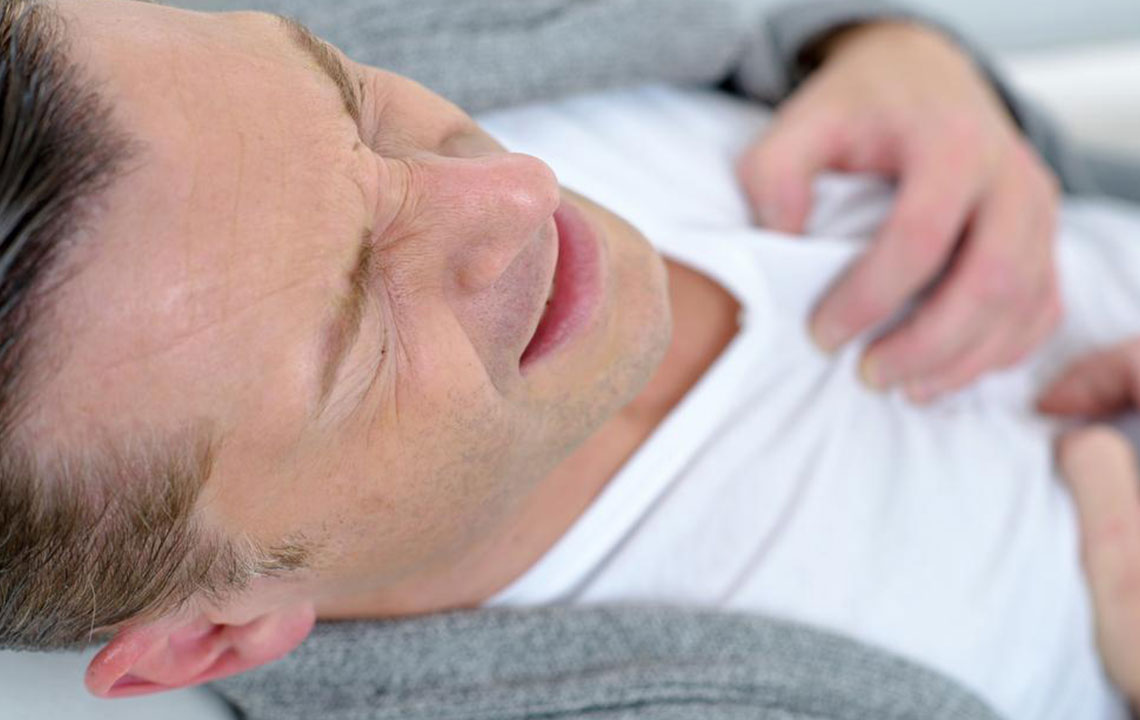Treatment- Seizures and Epilepsy

A seizure is a brief episode of abnormal brain activity. Seizures are also called epileptic seizures or fits. During a seizure, there is a burst of excessive or synchronous brain activity. This abnormal brain activity can manifest in many ways.
A disorder in which a person has more than one unprovoked seizure is called epilepsy. An unprovoked seizure is one that is not triggered by a specific cause of low blood sugar, poisoning, infections, etc.
Epilepsy is diagnosed by first ruling out other similar disorders like fainting or non-epileptic attacks and external causes such as a drug overdose, low oxygen saturation, alcohol, infections, etc.
It is estimated that 1% of the global population is affected by epilepsy and 5-10% of the population will have a seizure by the time they’re 80.
Epilepsy responds well to treatment in 70% of patients. In patients who have an inadequate response to treatment, seizures can be controlled by dietary changes, management of external stressors, surgery, or neurostimulation.
In some cases, with adequate treatment, seizures can be reduced in frequency and severity over time.
Types Of Seizures
The majority of seizures are convulsive. Non-convulsive seizures are rarer and less likely to be detected since they last for a very short period of time.
The difference between convulsive and nonconvulsive seizure is how much of the brain is involved in seizure generation.
If both hemispheres are involved, then the seizure is said to be generalized . If the seizure originates from a particular region of the brain but does not include the entire brain, it is said to be a partial seizure.
Generalized Seizure
A generalized seizure is further classified into: Tonic-Clonic, Tonic, Clonic, Absence, Myoclonic, and Atonic.
Absence seizures last for about 10-30 seconds and are characterized by a loss of attention and a decreased level of consciousness. There is no fall, but in some patients, there will be twitching of the eyelids. It is more common in children and tends to remit in late adolescence. In some cases, it may evolve into a convulsive seizure.
Tonic-Clonic seizure was once called ‘grand mal’ seizures lasts for at least 30 seconds. Initially, the body will become rigid and the back will arch. This is the tonic phase. It is followed by the clonic phase, in which there are a rhythmic contraction and relaxation of all the muscles. This subsides, and the person may be unconscious for some time. On awakening, the person will have no memory of the attack and may be confused or tired. This is called the postictal phase .
Atonic seizures involve the loss of muscle tone causing the body to drop down. Myoclonic seizures are those that include a fast jerking movement of one or more muscle groups.
Partial seizures
Partial seizures or focal seizures are two types: Simple and Complex .
Focal seizures are often preceded by an ‘aura’. This aura is like a warning just before the seizure starts and can be visual, auditory, tactile, olfactory, or psychic (feelings of panic, dread, etc.).
Simple partial seizures do not have loss of consciousness. The person is aware of the seizure. In complex partial seizures , there will be some form of interruption of consciousness but not necessarily be fainting.
The symptoms of partial seizures depend on the area of the brain it originates from. The corresponding function of that brain area would be manifested as seizure symptoms.
In some cases, a partial seizure can continue on to become a generalized seizure.
Starting Treatment: Seizures And Epilepsy
Contrary to popular belief, with through treatment, seizures can be controlled and even eliminated entirely.
For initiation of treatment, seizure type has to be determined. This can be done by taking an imaging test such as an MRI, and electroencephalogram (EEG).
The first line of treatment for epilepsy is by administering anticonvulsant or antiepileptic drugs (AEDs). AEDs don’t cure epilepsy; rather they prevent the recurrence of seizures. The type of AED that a patient takes depends on various factors like age, other medication, allergies, and the kind of seizure. Specific AEDs will efficiently treat one type of epilepsy, but may exacerbate another.
Common AEDs are Sodium Valproate, Carbamazepine, Levetiracetam, Topiramate, etc.
Sometimes even with drug treatment, seizures continue to occur. In such cases, surgery is the last option.
Surgery is limited to certain types of epilepsy. The best candidates for epilepsy surgery have focal seizures with a defined origin. This portion of the brain is then surgically removed. This will ensure that the seizures don’t recur.
It is essential to take the medication correctly and on time. Along with taking medication, certain lifestyle changes may be recommended. Getting 8 hours of sleep, eating regular meals, and physical exercise can help reduce the chances of a seizure.
Epilepsy is not as disabling as it once was. With advances in medicine and treatment, seizures can be controlled to a large extent so that you can live your life to the fullest.


